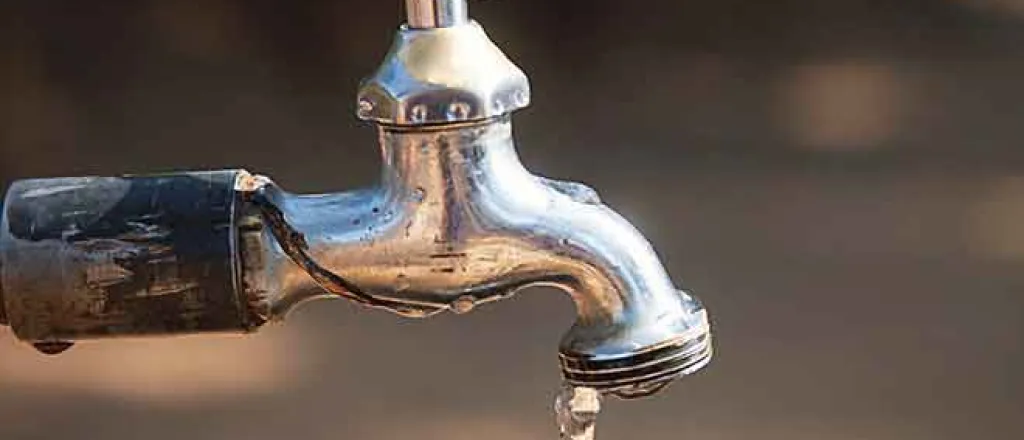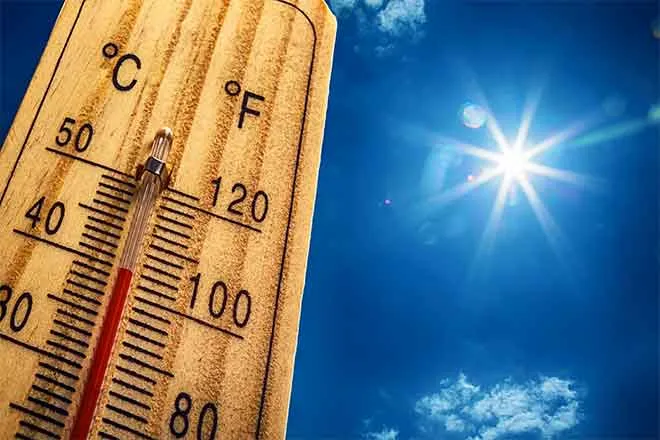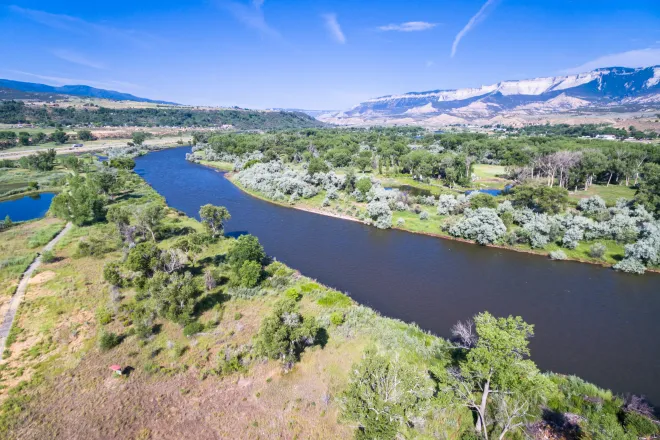
Utah landowners, tribes fight plan to pump rural water to Cedar City
(Utah News Connection) From one side of the city limits sign, a groundwater pipeline proposal in a sparsely populated Utah county looks like a crucial investment in economic expansion for a growing metropolis.
From the other, less crowded side of the road, the project appears to be a water grab that will turn rural areas into sacrifice zones for the sake of urban growth.
The proposal, called the Pine Valley Water Supply Project, would pump billions of gallons of water from rural Beaver County in western Utah and send it 70 miles southeast to Cedar City.
The city's need for water comes after years of overuse of the aquifers in Cedar Valley. Water from the aquifers is being overdrawn by an estimated 7,000 acre-feet of water per year, according to a hydrologic survey conducted by the local water district. Acre-feet of water refers to the number of acres of land that would be covered with one foot of water in a year.
To remedy this problem, Cedar City is looking to rural Utah for solutions.
The Central Iron County Water Conservancy District (CICWCD) has its eyes on two valleys in Beaver County: Pine Valley and its neighbor, Wah Wah Valley. The water district owns water rights in both valleys for 15,000 and 11,275 acre-feet of water, respectively.
In the project's first phase, 15 production wells 500 to 1,000 feet deep would be drilled in the south end of Pine Valley and the groundwater would be transported by a 70-mile long underground pipeline to Iron County, where Cedar City is located. The entire project would be powered by a solar field constructed in Pine Valley, where the CICWCD already owns land.
No proposal or permit applications to pump the 11,275 acre-feet of water in Wah Wah Valley have yet been submitted to the Bureau of Land Management, but the valley remains a central part of the CICWCD's future plans for pumping.
Opponents of the Pine Valley Water Supply Project say it will drain water from an area already facing historically dry conditions as climate change exacerbates drought in the West. Mark Wintch, a fifth-generation rancher who lives in Wah Wah Valley, fears his ranch would be rendered inoperable if the project were to go into effect.
"By [the CICWCD's] own admissions, they have estimated that there will be a 14 to 15% drawdown on my spring [from the Pine Valley project]," Wintch said. The spring is the sole source of water for Wintch's ranch, where he raises approximately 1,200 head of cattle. "If the spring's depleted, then I'll lose crops, I'll lose power, I'll lose everything, and that's just in the one single phase.
"For the Wah Wah phase, the Hamlin Valley phase - when they put those phases on then it may dry up my spring altogether," Wintch said.
Members of the Paiute Indian Tribe of Utah are also concerned about drying springs in their homeland.
The tribe's Indian Peaks Band had a reservation in Pine Valley until the 1950s, when President Eisenhower passed a law that terminated federal funding to Utah Paiute Indians. This dissolved the reservation of the Indian Peaks Band and reservations of the four other Paiute bands in the state. The Indian Peaks Band was relocated to Cedar City.
Funding to the Paiute Indian Tribe of Utah was eventually restored under the Nixon administration, but in the process of termination and restoration, the Indian Peaks Band lost approximately 10,000 acres of land in Beaver County to the state of Utah, according to vice-chair and chairperson of the Indian Peaks Band of the Paiute Indian Tribe of Utah, Tamra Borchardt-Slayton.
"The way reservations are first set up is that they're federal property set aside on behalf of a specific tribe, and water sources are also placed under that specific tribe or band," Borchardt-Slayton said. "When Indian Peak was sold, we still retained our mineral and our subsurface rights, including our water rights."
The water rights in the Pine Valley area, where Indian Peak - the Indian Peaks Band's namesake - is located, still belong to the band, according to Borchardt-Slayton. "That's where we enter the water fight," she said.
Members of the Indian Peaks Band are not the only ones concerned the Pine Valley Water Supply Project would infringe on tribal water rights. The Confederated Tribes of the Goshute Reservation have identified themselves as senior water rights holders in Beaver County, according to the Pine Valley project's draft environmental impact statement (DEIS).
The Cedar Band of the Utah Paiute Tribe fears the project could draw down water in the aquifer their reservation relies on. The path of the pipeline moves through archaeological sites of value to the Paiute Indian Tribe, which the Cedar and Kanosh Band also cited as a concern in the DEIS.
"[The project] will siphon away water resources that are interwoven with our ancestral land, our culture, our religion, and our existence as native people," read the official statement from the Paiute Indian Tribe of Utah in response to the proposal.
How Much Water Is There, Really?
The repeated concern voiced by stakeholders is that the CICWCD wants to pump more water from Pine Valley than its aquifers can sustain.
In an independent report commissioned by the environmental organization Great Basin Water Network, the proposed pumping of 15,000 acre-feet of water per year is shown to take more water from Pine Valley than the amount that could be recharged (11,000 acre-feet per year, according to the report). The report cites the most recent United States Geological Survey data from the area.
If the project were to take more water than the recharge amount, the valley would be at a deficit, unable to replace the water pumped to Cedar City.
Researchers also found that groundwater-fed springs in Nevada and Utah, including ones in Snake Valley (neighbor to Pine Valley), Great Basin National Park, and Fish Springs National Wildlife Refuge could see less water due to the Pine Valley project.
Since the independent report was published, the CICWCD hired a hydrology team to determine whether there is enough water in the basin to support the Pine Valley project's 15,000 acre-feet of water.
"We've added some test wells and done some pumping because as we started going through the environmental process, the Bureau of Land Management wanted to know more specifically what's going on out there," said Paul Monroe, general manager of the CICWCD. The most recent hydrologic survey conducted found that 18,000 acre-feet of water is available in the Pine Valley basin, according to Monroe.
"[Great Basin Water Network] claims [the water] isn't there, but they're using older and outdated science to make those claims just to pick and choose what reports they use to try and make our project not look feasible," Monroe said.
Conservationists have also cited concerns about the wildlife impacts of the project.
According to the draft EIS, a portion of the proposed project area overlaps habitat and mating grounds of the near-threatened greater-sage grouse. The entirety of the proposed project area overlaps one of three state recovery zones for Utah prairie dogs, which is an endangered species. And lastly, the least chub - a small fish native to Utah that only has seven wild populations left in the state - could also see habitat loss if the project dries up springs it relies on.
"This pipeline is an existential threat to the least chub," said Krista Kemppinen, a senior scientist at the Center for Biological Diversity, in a press release. "The state has worked valiantly to secure a future for the least chub, but only the Endangered Species Act can save this unique Utah fish from the Pine Valley water grab." The Center for Biological Diversity is petitioning to get the fish protected under the Endangered Species Act.
Monroe said the water district is very aware of the environmental concerns and has mitigation strategies built into the project if the groundwater supply is affected from pumping.
"If it looks like we are negatively impacting that aquifer, and it's not responding the way that we anticipate, then there are triggers and impacts that take place that would have us reduce our pumping," Monroe said. "There are lots of things that are in place to ensure that there are no negative impacts to other water users in the valley and in the basin, and a lot of them have signed on to participate with that."
Project critics are not as convinced of the efficacy of these triggers.
"We've not seen a monitoring and mitigation management proposal from anyone that makes us comfortable, and we are skeptical that it can be done," said Steve Erickson, an activist and board member of Great Basin Water Network. "We went around and around for years with this with the Las Vegas project - the Southern Nevada groundwater development project. And in the end, a monitoring and mitigation management plan that could hold up to scrutiny and hold up the legal analysis was unenforceable."
The Southern Nevada groundwater development project would have pumped groundwater from valleys in eastern Nevada to Las Vegas. After three decades of legal battles with environmental groups, tribal leaders, and rural water rights holders, the Southern Nevada Water Authority gave up the project.
With the Pine Valley Water Supply Project, the outcome for rural areas may go differently since the CICWCD already owns water rights in Pine and Wah Wah Valley.
"I think all over the state of Utah, this is going to be something that happens as these larger cities grow," said rancher Mark Wintch. "They're going to kill their rural counties or their rural towns within their counties because they're going to hand them in by taking all of their natural resources."
Claire Carlson wrote this article for The Daily Yonder.

















